From EV to Home Storage: The Promise of Second-Life Batteries and the Role of SOH
When an electric vehicle (EV) battery no longer delivers the range you expect, is it truly the end of the road? Not necessarily! Welcome to the world of second-life batteries applications, where used EV batteries get a new lease on life powering our homes, businesses, and communities.
In this post, we’ll explore how State of Health (SOH) plays a crucial role in unlocking this sustainable energy solution.
Why Do EV Batteries Reach “End of Life”?
EV batteries typically reach their End of Life (EOL) for vehicle use when their capacity drops to around 70–80% of their original value. While this means they can’t reliably provide the range needed for daily driving, they still hold a significant amount of usable energy.
This is where the concept of second-life batteries comes in — putting these batteries to work in less demanding environments, like stationary battery energy storage systems.
What is a Second-Life Battery?
A second-life battery is a battery that has completed its first life in an electric vehicle and is repurposed for another application. Instead of sending it straight to recycling, these batteries can serve in home energy storage, backup power systems, or grid-scale applications.
Repurposing extends the overall lifespan of the battery materials, reduces waste, and makes clean energy storage more affordable.
The Role of SOH in Second-Life Battery Applications
State of Health (SOH) is the single most important metric for deciding whether a used battery is suitable for a second life. SOH indicates how much usable capacity and performance a battery still has compared to its original specification.
Without accurate SOH data, integrating second-life batteries into energy storage systems would be risky. A battery that looks fine externally might not hold a charge effectively — or worse, it could pose safety risks.
That’s why reputable second-life projects rely on robust SOH testing and screening processes. This ensures that only safe, reliable batteries find a second home.
Second-Life Batteries for Home Energy Storage
One of the most promising uses for second-life batteries is home energy storage. With rooftop solar becoming more common, many homeowners want to store excess solar energy for use at night or during power outages.
Second-life batteries can be an affordable alternative to brand-new battery systems. Here’s why they make sense:
- Lower upfront cost: Second-life batteries are cheaper than new ones.
- Sustainable use of resources: Reusing batteries delays recycling, saving the energy and emissions needed to produce new cells.
- Adequate performance: Home energy storage is less demanding than powering a vehicle — fluctuations in capacity or power delivery are more manageable.
Challenges of Second-Life Batteries
Of course, second-life battery applications are not without challenges.
✅ Variation in SOH: Each battery pack will have a unique SOH, so grading, sorting, and system design are crucial.
✅ Warranty & standards: Consumers want to know their storage system is safe and reliable. Clear standards for SOH testing and certification are still evolving.
✅ Safety: A degraded battery needs to be properly managed by a Battery Management System (BMS) to prevent thermal issues.
How SOH Testing Works
Evaluating SOH involves:
- Capacity tests: Measuring the charge the battery can hold.
- Internal resistance checks: Higher resistance indicates aging.
- Visual & diagnostic inspections: Identifying any physical damage or irregularities.
Advanced diagnostic tools and algorithms make it possible to test large numbers of used EV batteries quickly and reliably, paving the way for scalable second-life applications.
A Step Toward a Circular Battery Economy
By giving EV batteries a second life, we’re taking a big step toward a more circular economy for batteries. Instead of a single-use model, we maximize the value of the raw materials and reduce the demand for new mining.
This approach helps the clean energy transition become even more sustainable and cost-effective for everyone.
Final Thoughts
Second-life battery applications are an exciting example of how we can combine smart technology, sustainability, and practical economics. Next time you think your EV battery is ready for retirement, remember: with the help of accurate SOH measurement, it might just be ready to power your home instead.
FAQs: Second-Life Batteries & SOH
Q1: How long do second-life batteries last?
Second-life batteries can last 5–10 years or more in stationary applications, depending on their SOH and how they’re used.
Q2: Are second-life batteries safe for home use?
Yes — when properly tested for SOH, repurposed batteries are safe for less demanding energy storage applications. Always choose reputable suppliers with strong testing and BMS controls.
Q3: How is SOH measured for second-life batteries?
SOH is measured through capacity testing, resistance checks, and advanced diagnostics to ensure the battery still performs reliably.


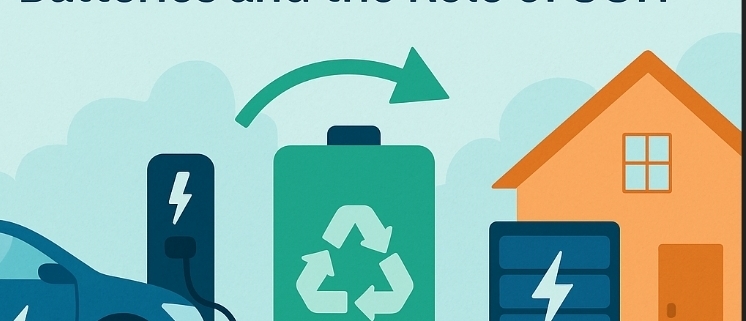
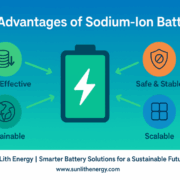
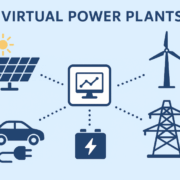
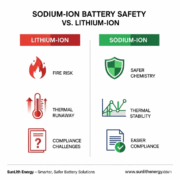
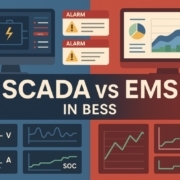
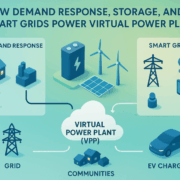
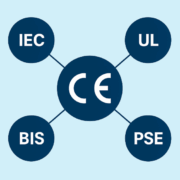
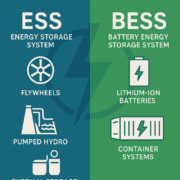
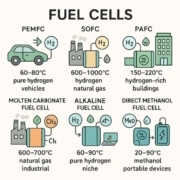


Trackbacks & Pingbacks
[…] It creates a circular economy for batteries […]
[…] LiFePO4 batteries are known for their thermal stability — they’re among the safest lithium chemistries out there. But when cells are low-grade, damaged, or have internal defects, safety goes out the window. […]
Leave a Reply
Want to join the discussion?Feel free to contribute!